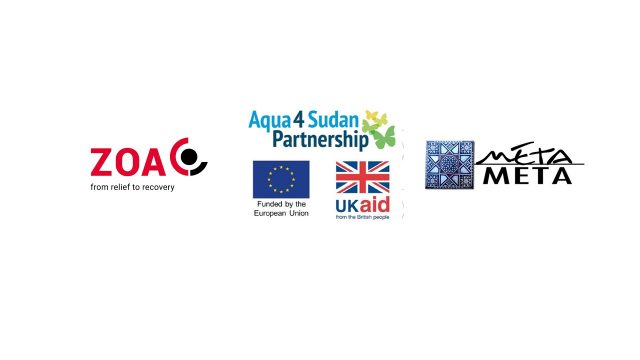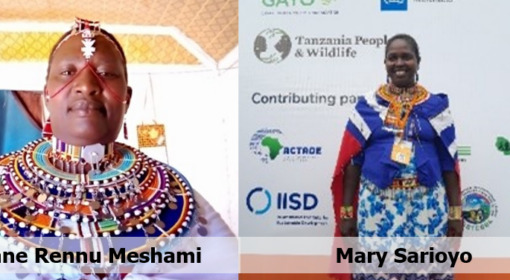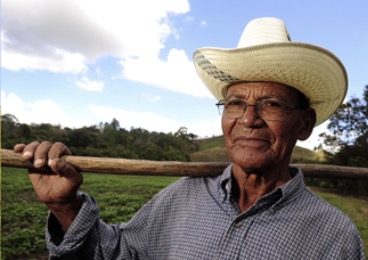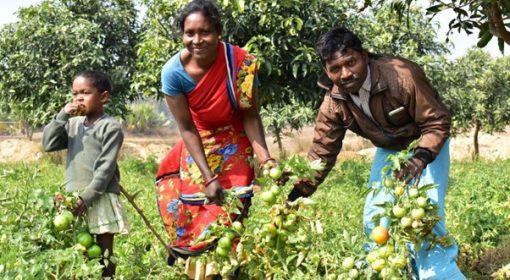By Long Hoang and Mohammed Yasir, MetaMeta
Based on the report ‘Forwarding to Resilient Food Systems and Livelihoods’ by MetaMeta and ZOA
In the environmental management domain, the term Integrated Water Resources Management – IWRM is the amongst the most popular ones, perhaps only topped by the term climate change adaptation. Since its introduction in 1992, the concept and principles of IWRM have proved to be instrumental in providing clean and sufficient water for everyone and to every economic sector. They have helped navigate through a wide range of challenges including global climate change, desertification, competing water demands, etc.
We are curious what factors actually generate impact in IWRM projects. An opportunity to shed light on this question arises from working with the Aqua4Sudan partnership. In this blog, we reflect briefly on how different IWRM interventions deliver their intended impacts in the context of Sudan.
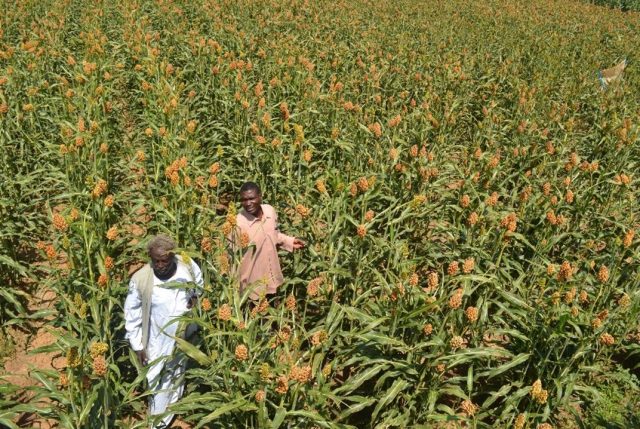
The Context
Sudan is the third-largest country on the African continent. The grand quest in managing Sudan’s water resources is straightforward: balancing rapidly growing demands and securing sufficient water for all. Over the decades, this has proved a highly challenging vision, owing to a plethora of underlying factors: climate change, limited resources and capacities, and prolonged conflicts. Sudan currently faces multiple critical challenges in land and water resources: drought, soil erosion, degrading rangeland resources, disbalanced water supply and demand, and many more. In this context, Integrated Water Resource Management represents a suitable and much needed solution.
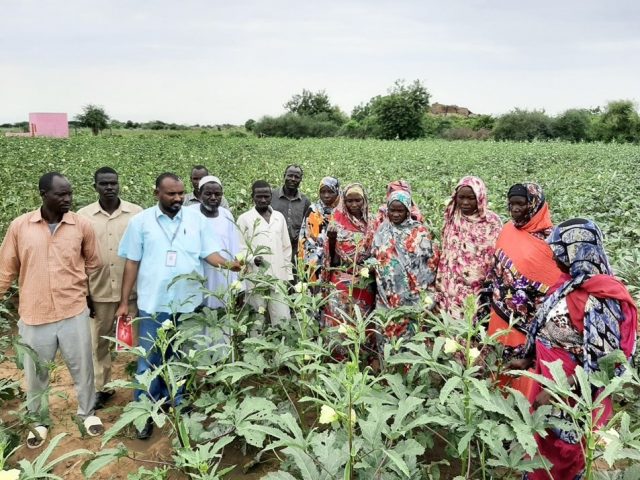
Aqua4Sudan is a nation-wide partnership, consisting of International Aid Services (IAS), Islamic Relief Worldwide (IRW), Practical Action, Plan Sudan, SOS Sahel, World Relief and ZOA (lead partner). This partnership puts forward the operational concept and large-scale implementation of Integrated Water Resources Management across six states of Sudan. The unique scale of intervention, and envisioned impacts present a challenging yet rewarding programme. Central to the project design is strong partnership, for mobilizing resources and building on alliances for IWRM. A strong partnership under the Aqua4Sudan allows for a wide range of interventions covering 28 catchment areas across the country. Interventions are diverse, from large-scale improvement of irrigation systems in the Gash Agricultural Scheme to building water spreading weirs; from establishment of women groups to cultivate commercial vegetable crops, to improvement of farming practices, e.g. deep chiseling. Our recent report provide details of five good practices and their impacts.
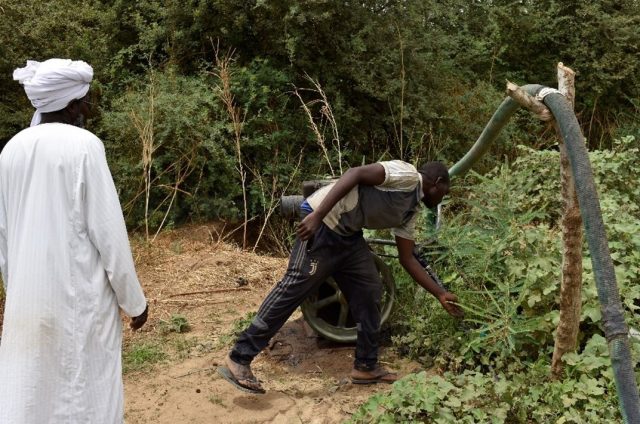
The impacts in brief
In many cases of the Aqua4Sudan projects, intervention results are highly visible, and the impacts are systematic and long-lasting. Immediate impacts are improved soil and water conditions for farming and water for livestock. Improved water availability has introduced a repertoire of opportunities, which were picked up by the local community. Improved farming productivity directly boosted household food supply, nutrition uptake and health. This impact widely reached the entire community as farmers were able to quickly reach local markets and increase their food supplies. Infrastructure improvements and innovations in agriculture systems are also remarkable. These improvements include the higher irrigation efficiency thanks to canalization of the irrigation schemes, increased farming intensity (more crop per year, on larger farms) thanks to motorized pumps, and the setting up of women’s farming groups. Long-term, indirect impacts include women’s empowerment and active participation in the workforce; improvement of the local economy and food chain; and stronger connections between the government, farmers, and local institutions e.g. catchment committees. All in all, these impacts testify to the transformative potential of IWRM to build a sustainable and resilient future in Sudan.
What are the impact-generating factors
A number of driving factors for impact at scale stand out from the Aqua4Sudan approach. Firstly, strong engagement with the local communities, through the pivotal role of the catchment committee, proved highly effective and crucial in driving interventions and impacts. The catchment committee coordinates and represents the interests of the communities, and integrates these with the IWRM intervention framework of the project and governmental bodies. Secondly, promotion of local ownership and adoption of IWRM intervention is essential for long-term sustainability beyond the project life cycle. Thirdly, the approach of sensitizing – introducing the IWRM intervention combined with local coordination and well-thought measures to pick up on post-intervention impacts – proved to work well in many cases.
Quite often the intervention centers around an infrastructure or innovation (weirs, pump, group organisation), but the approach has always been comprehensive and systemic – meaning that there are supporting measures to ensure that the infrastructure or innovation are best utilized. For instance, terracing and vegetable farming were introduced after construction and rehabilitation of water spreading weirs, which allowed the benefits of the increased water availability to be effectively harnessed. These driving factors are relevant for other similar projects, as they help to ensure that IWRM interventions reach the intended impacts, contributing to better management and utilisation of Sudan’s precious land and water resources.
For further details, you are invited to read the full report, available here.
